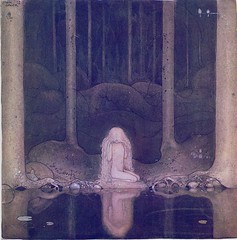[Youtube=http://www.youtube.com/watch?v=r4yndU6NqUE]
“Fuck the pain away”(2000) – Peaches
Merrill Beth Nisker (born 1968 in Toronto, Canada), better known as Peaches, is an electroclash musician whose songs are concerned mainly with sex. She lives and works in Berlin. She has been called the Karen Finley of the 2000s. The song “Fuck the Pain Away” was used in a scene in the film Lost in Translation in which Bob and Charlotte, the two main characters, find themselves in a strip club.


